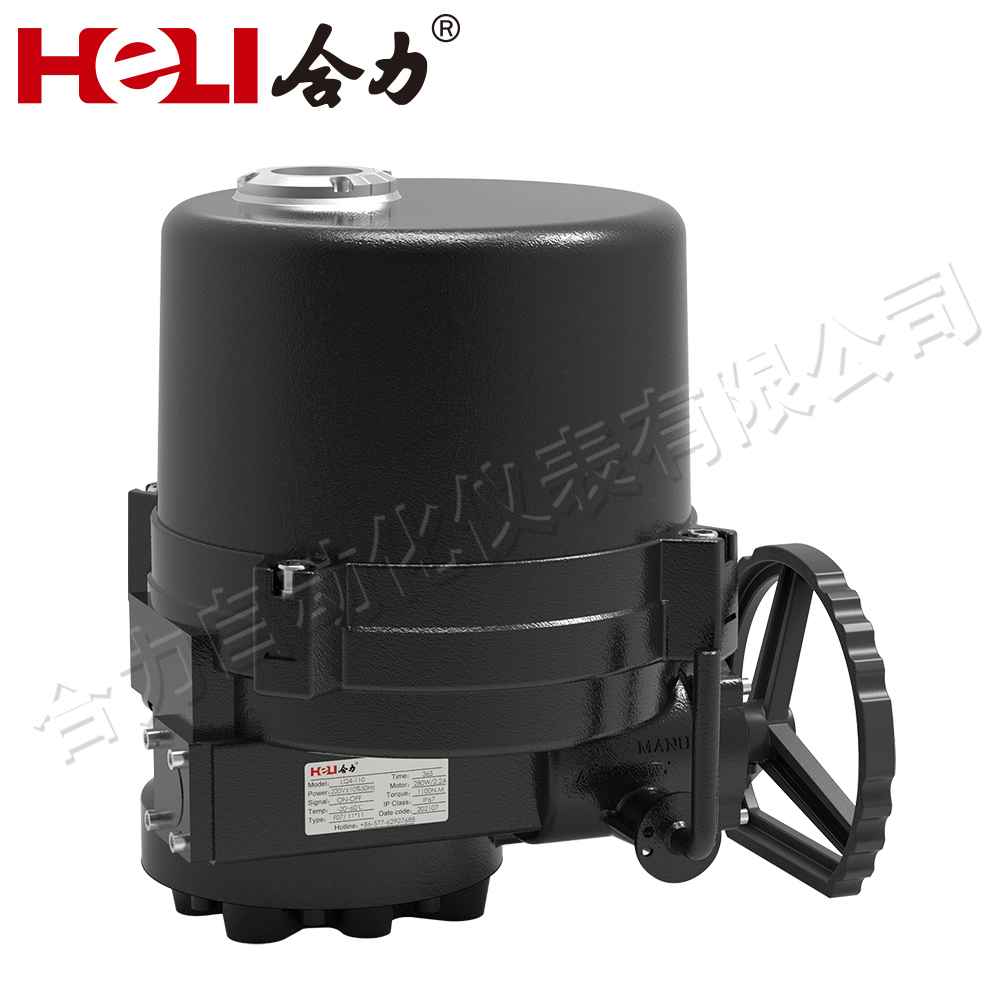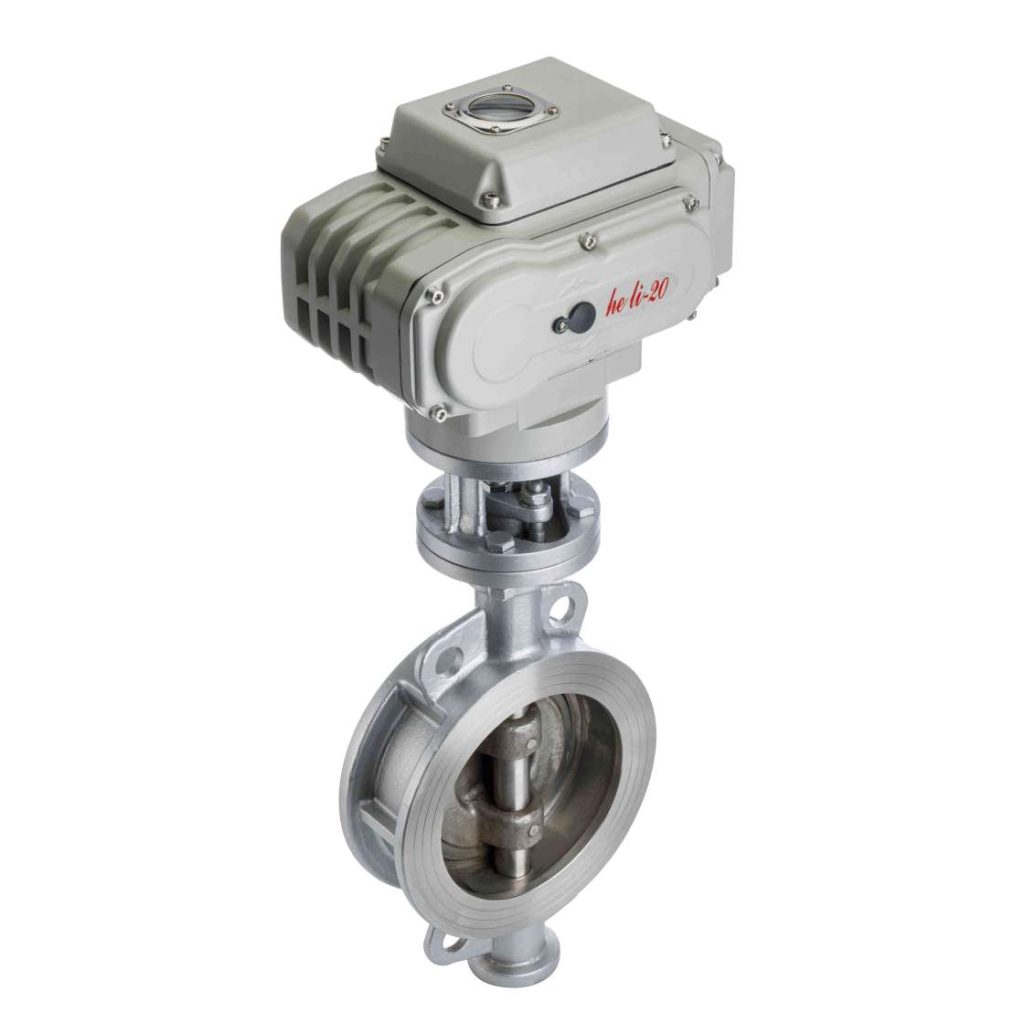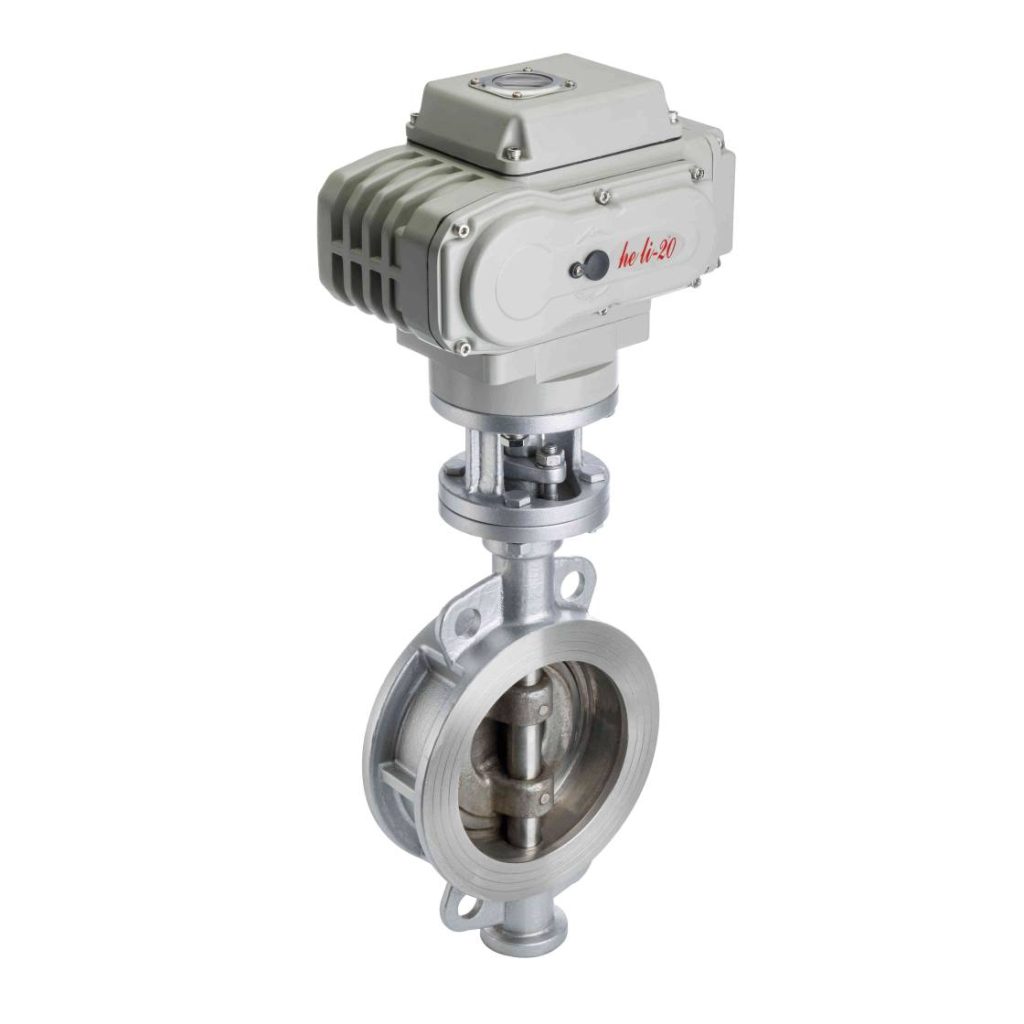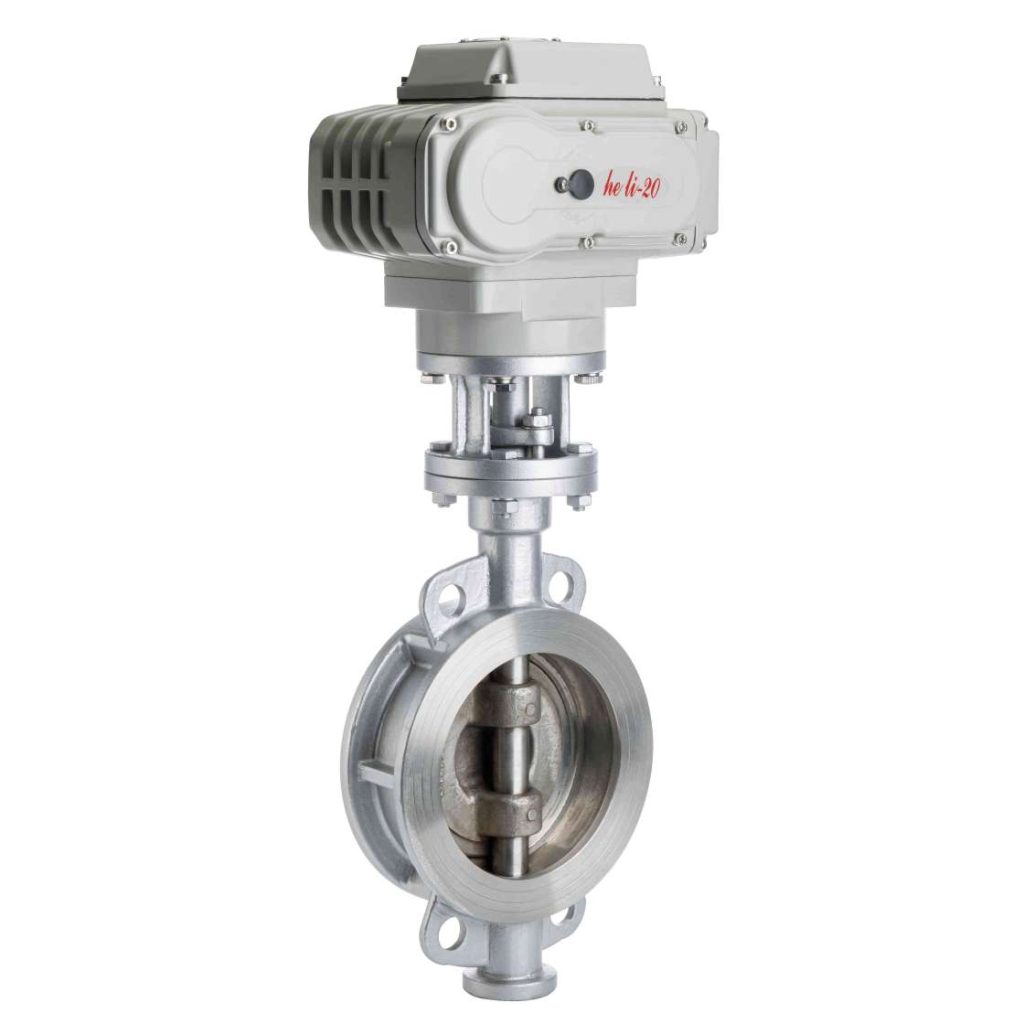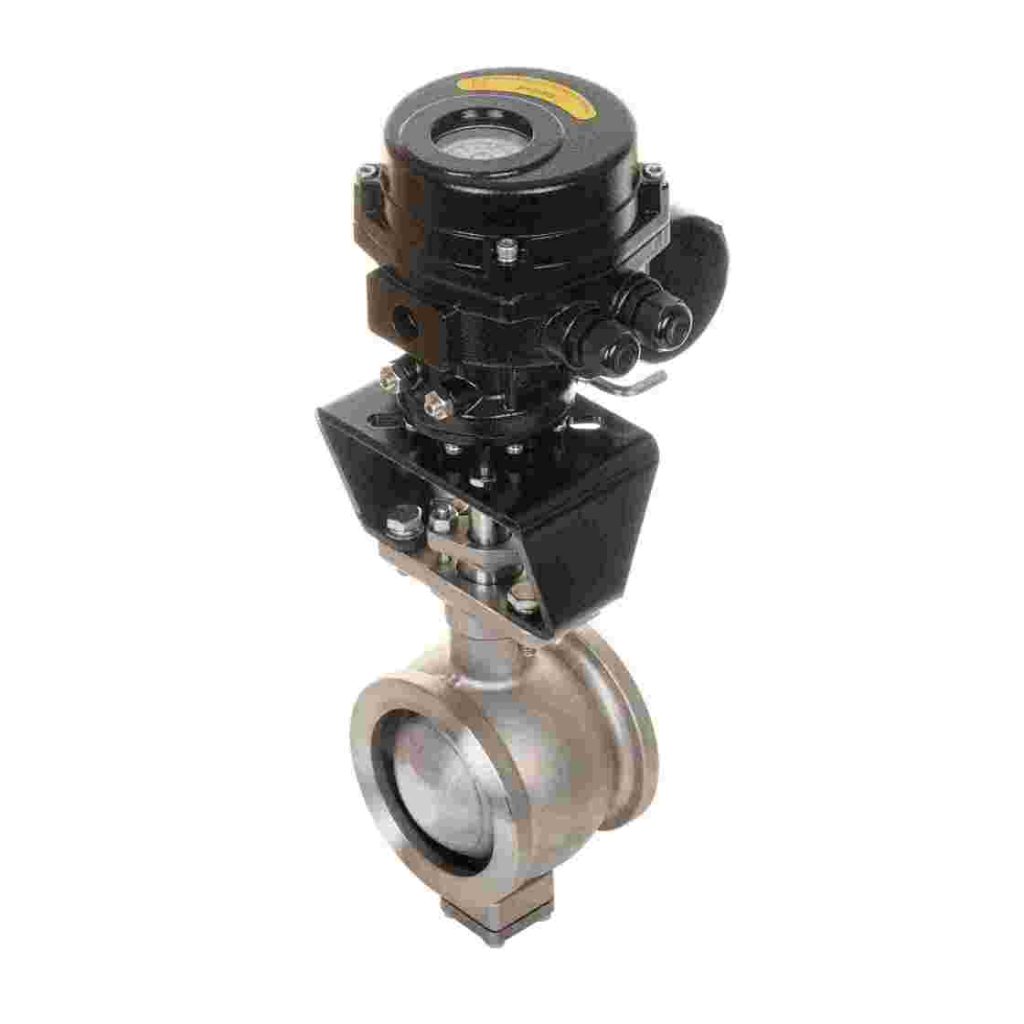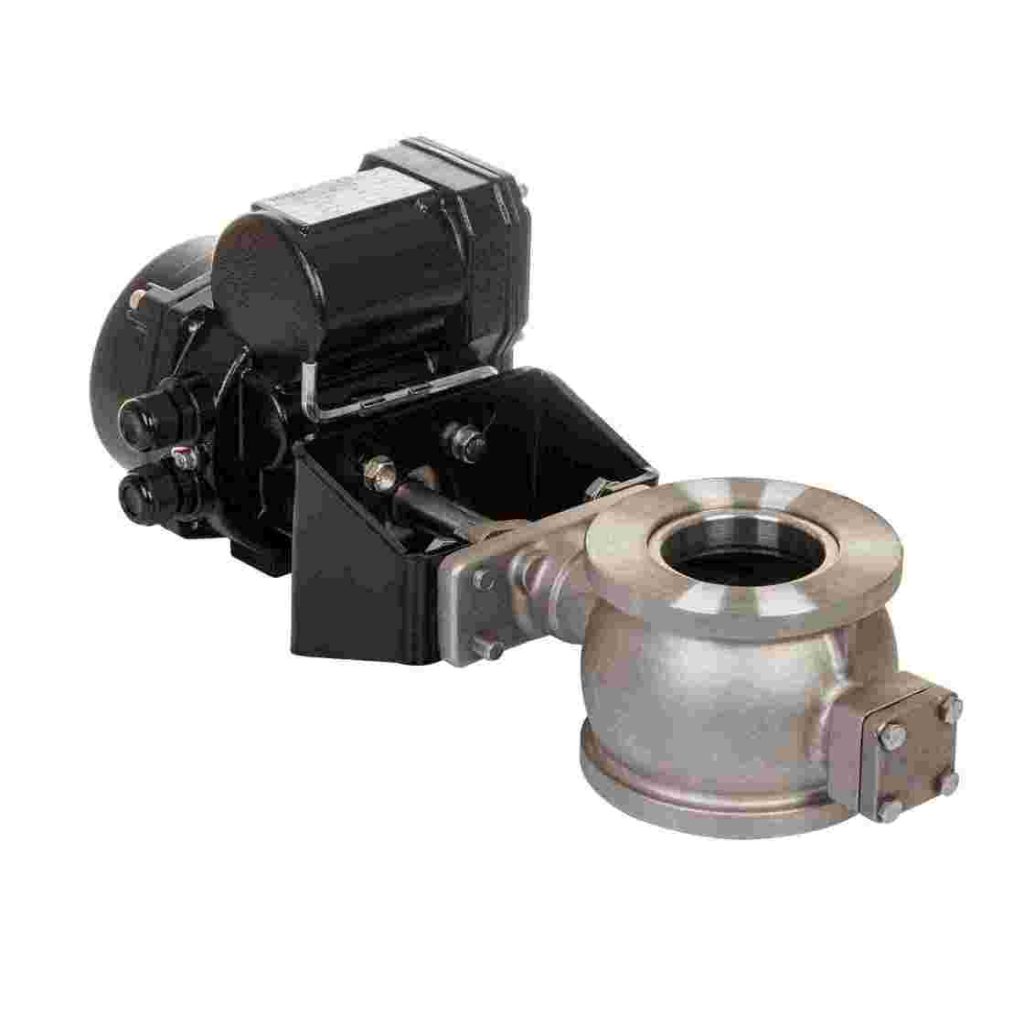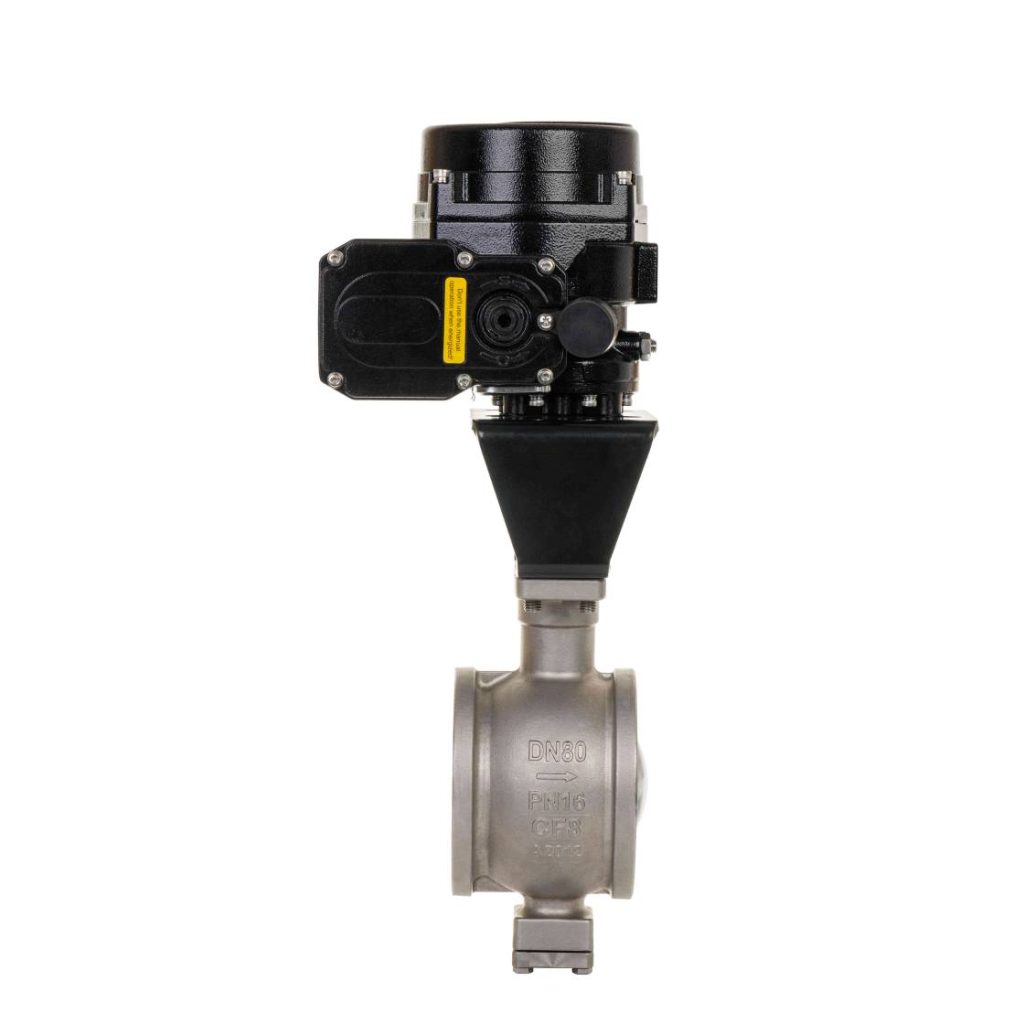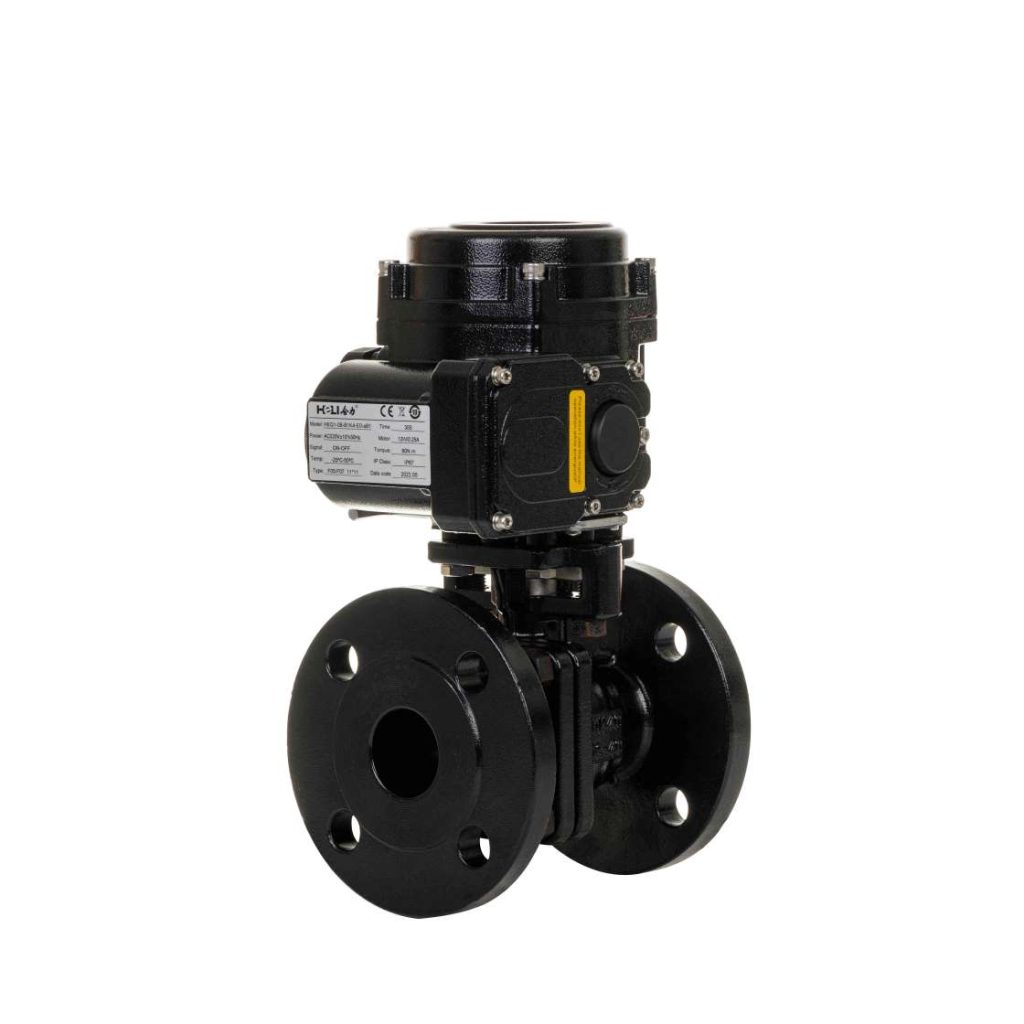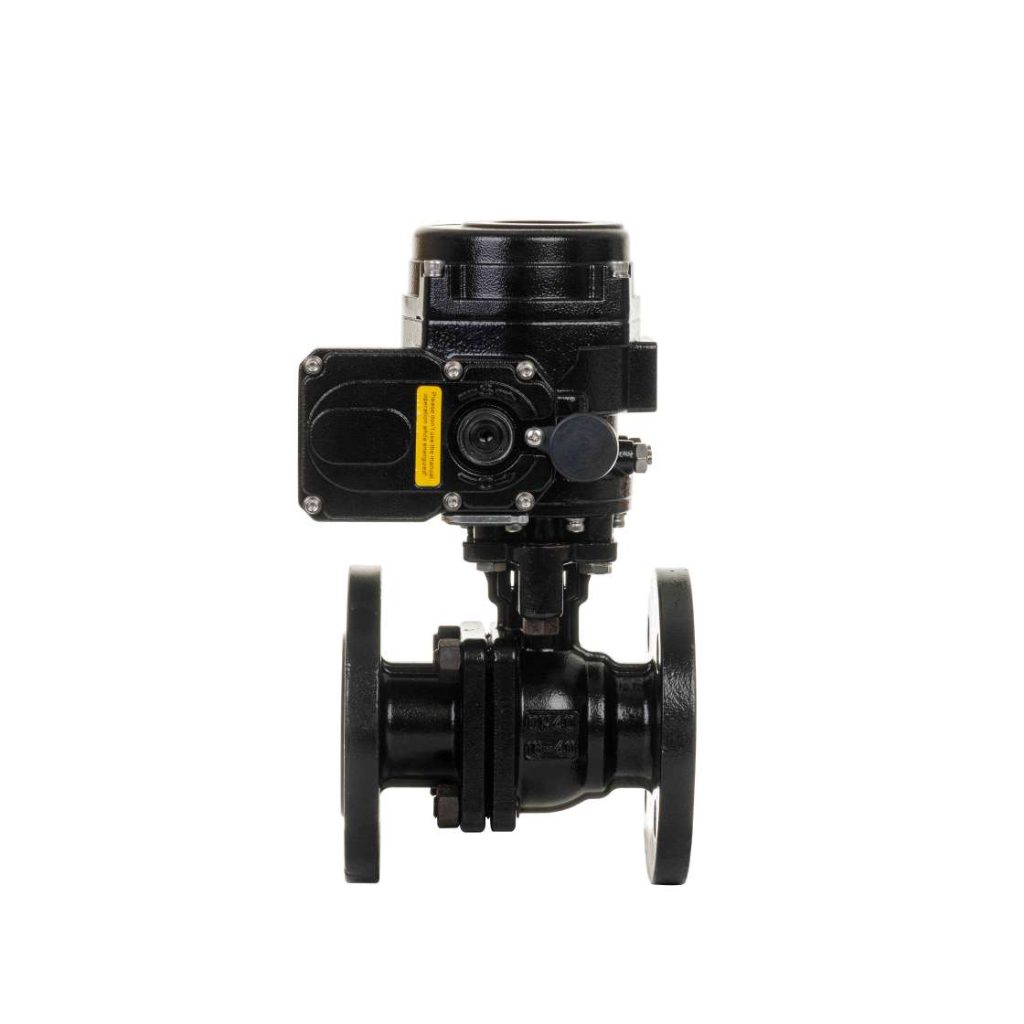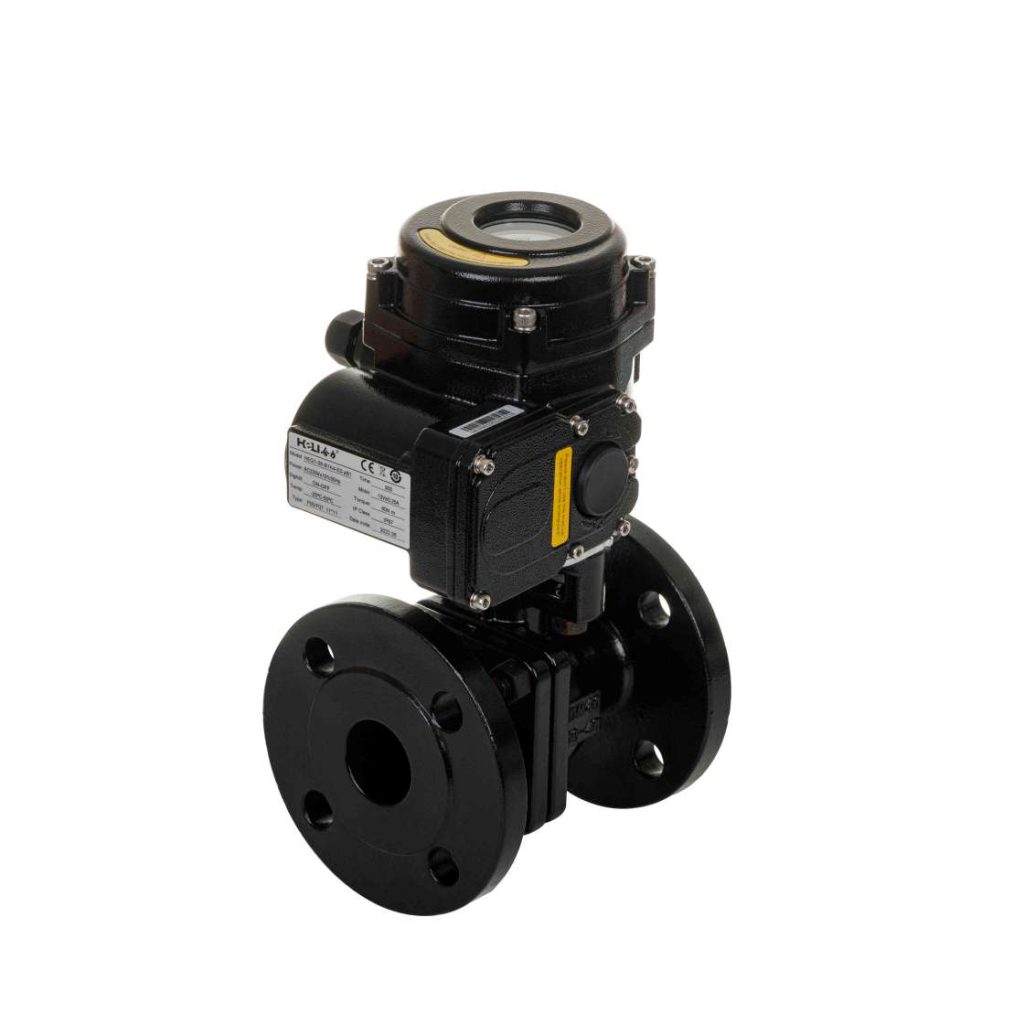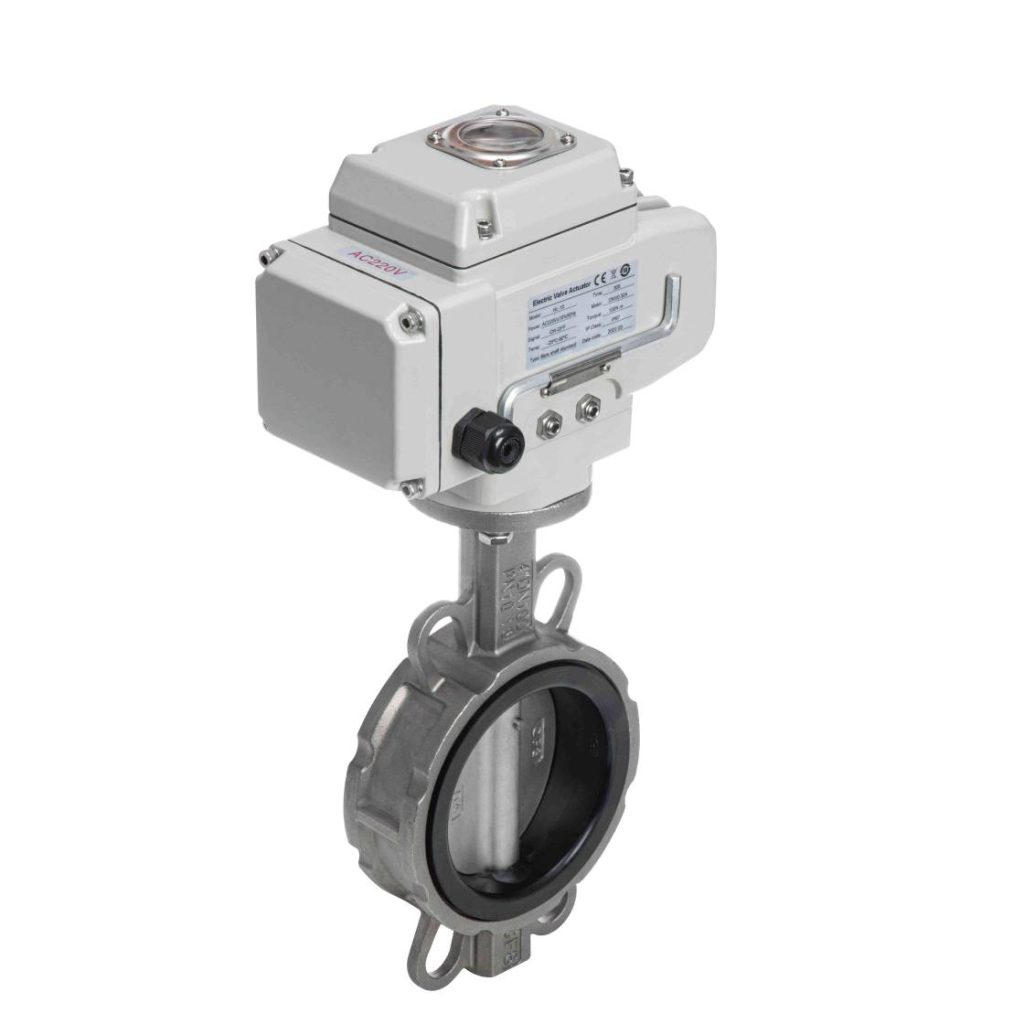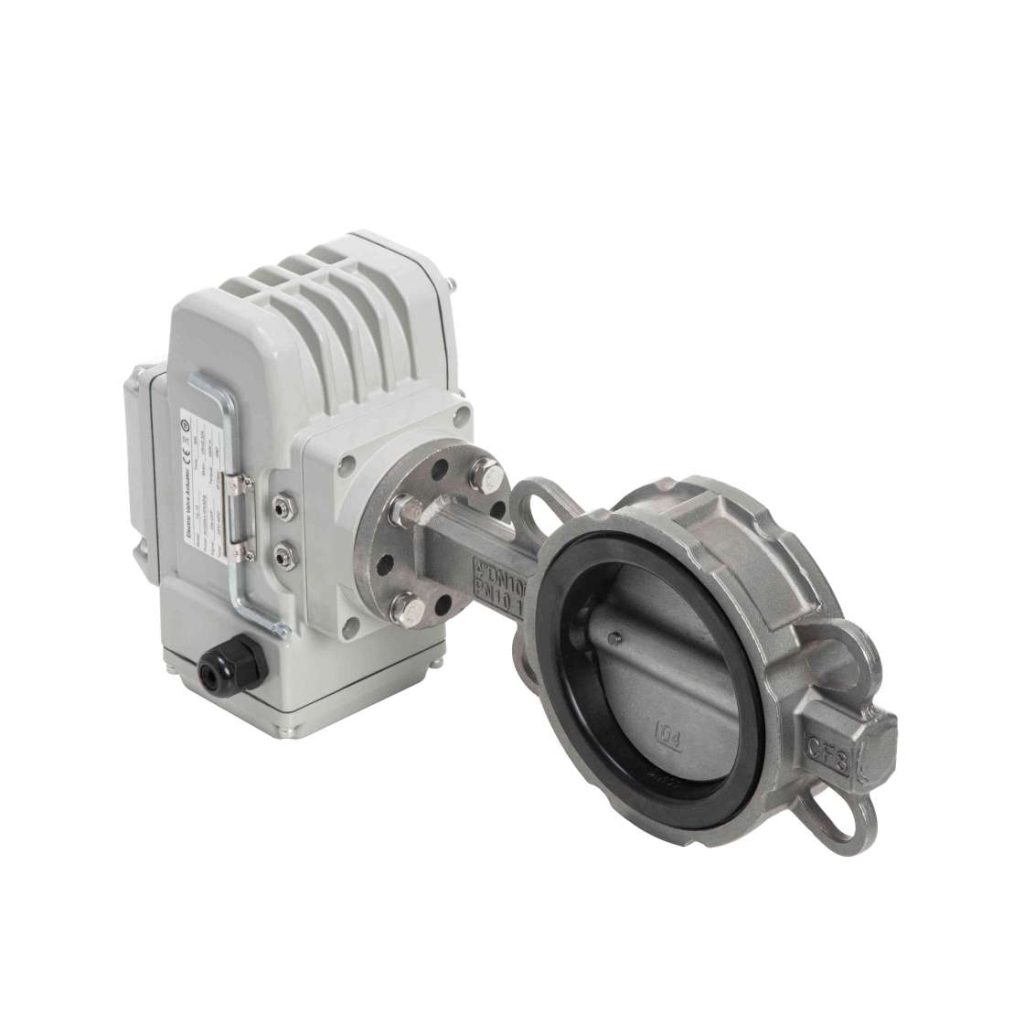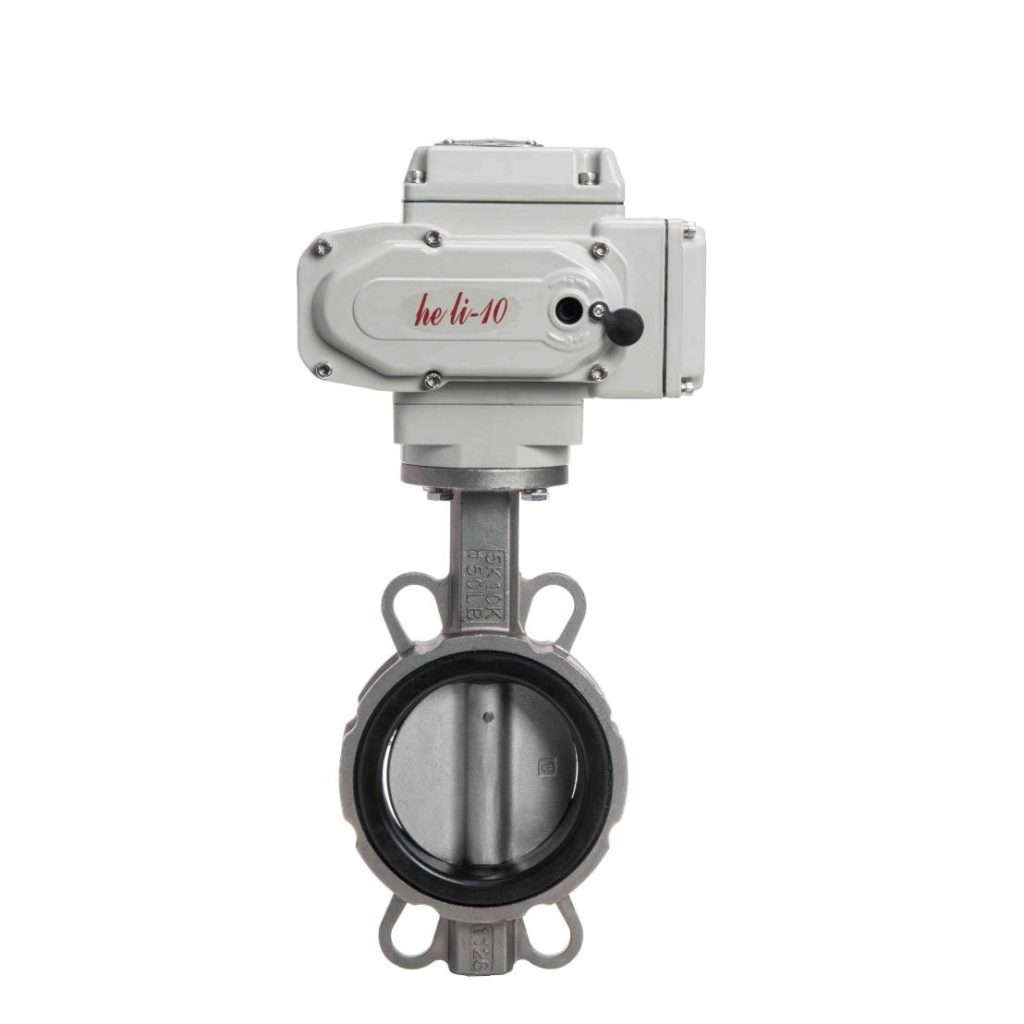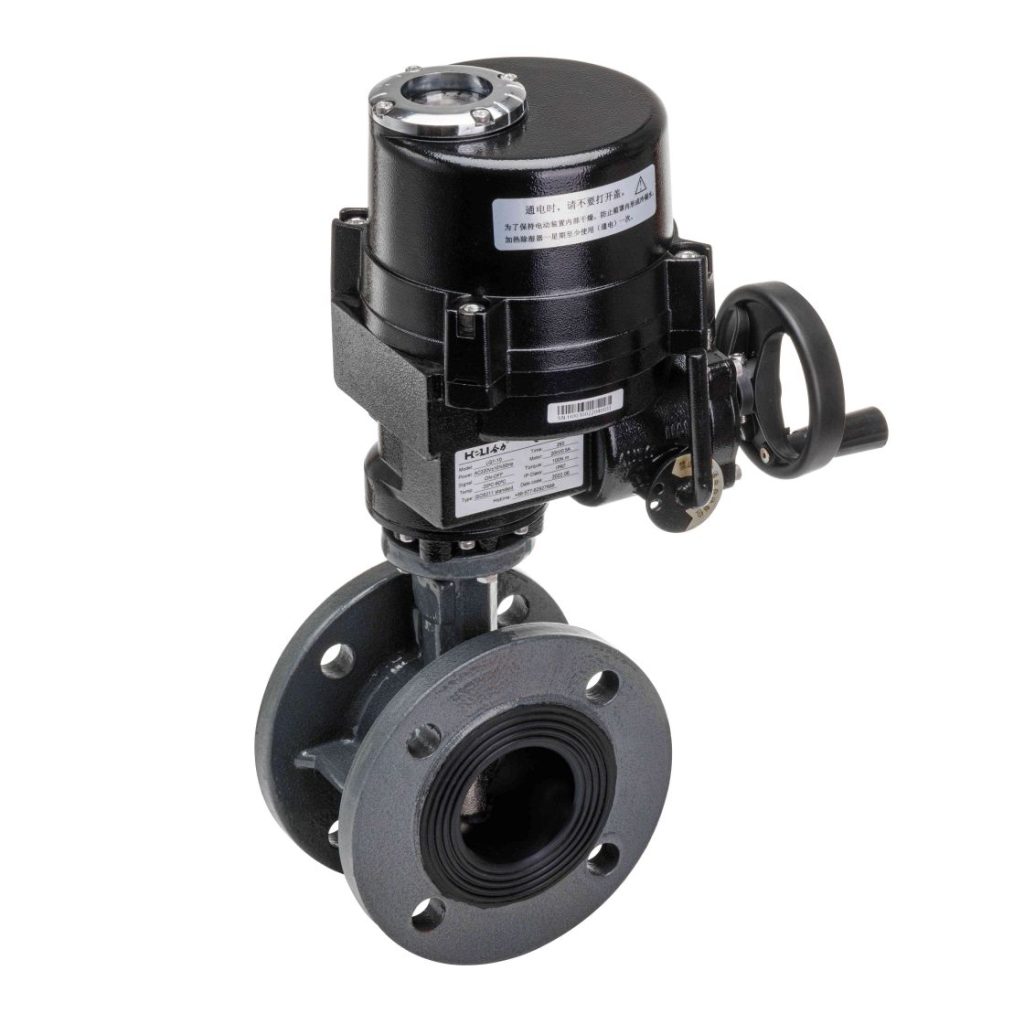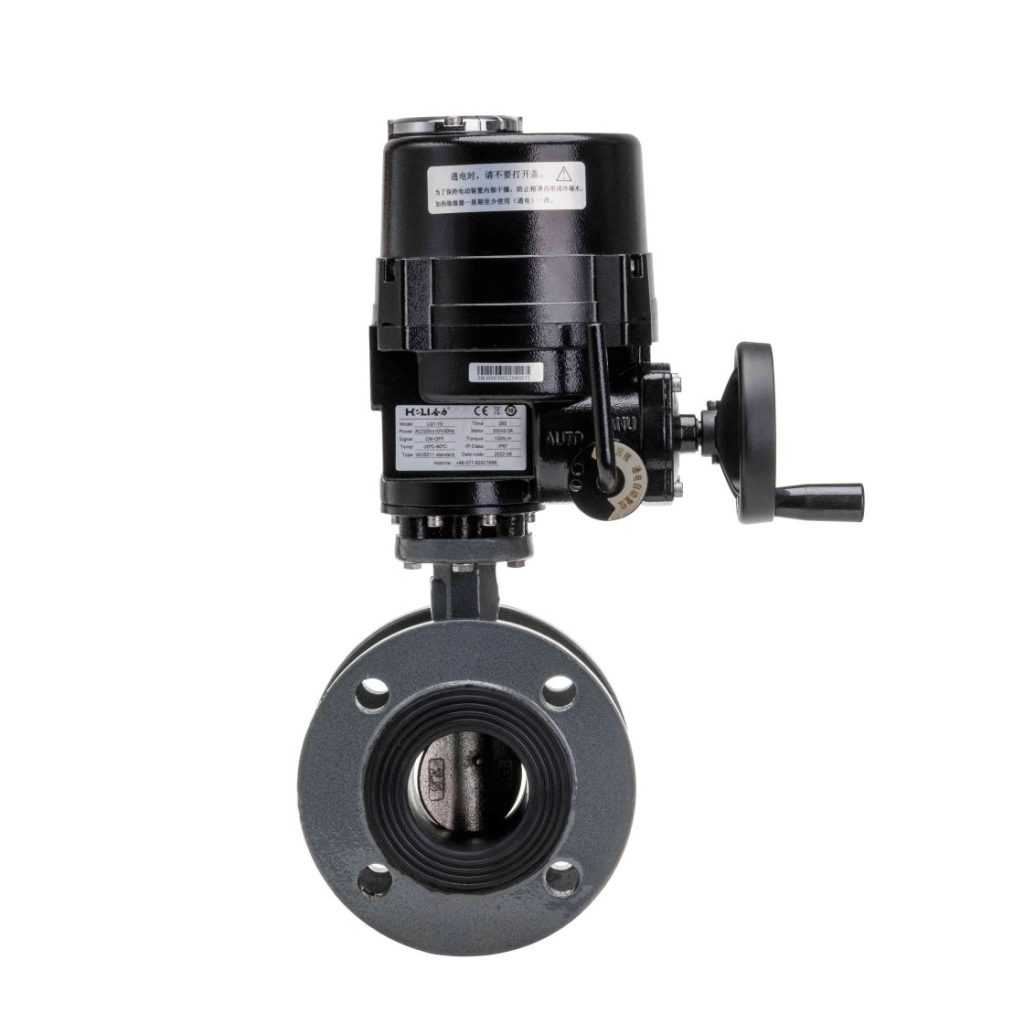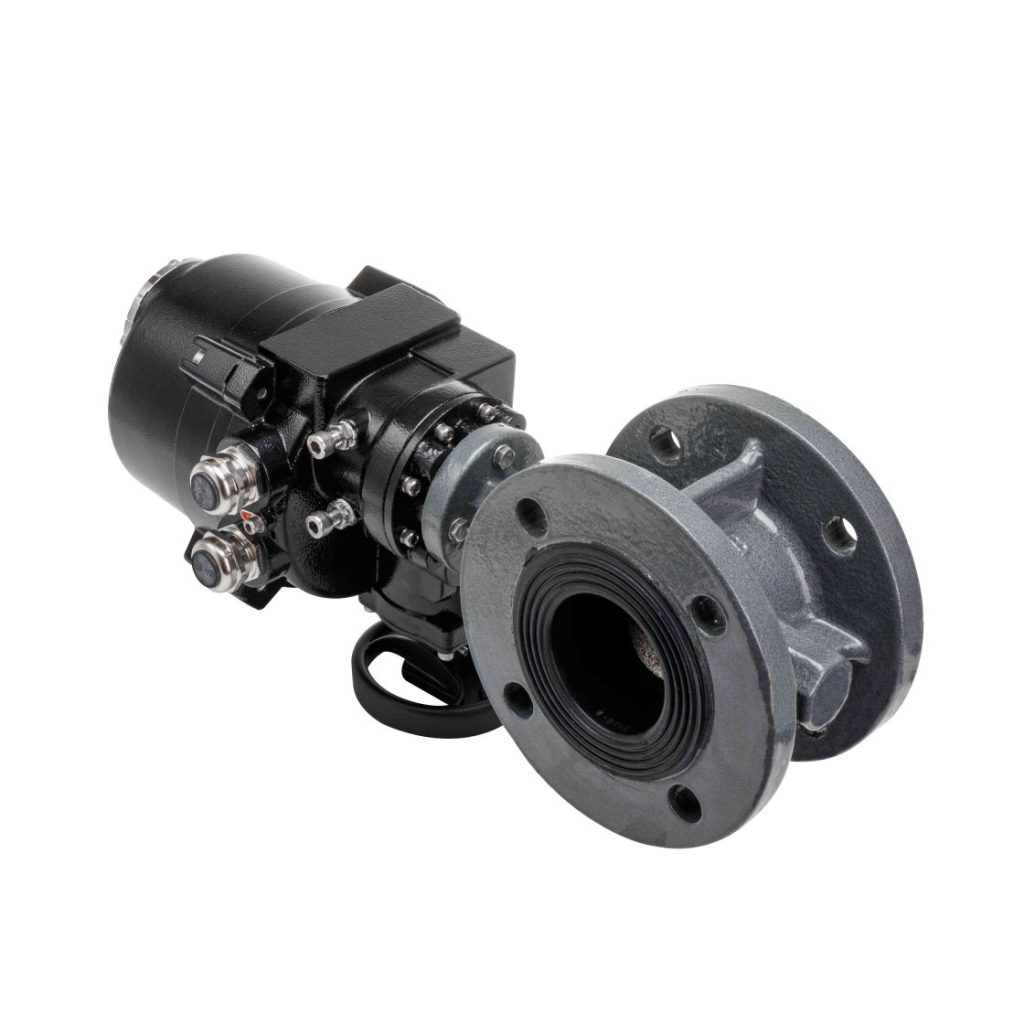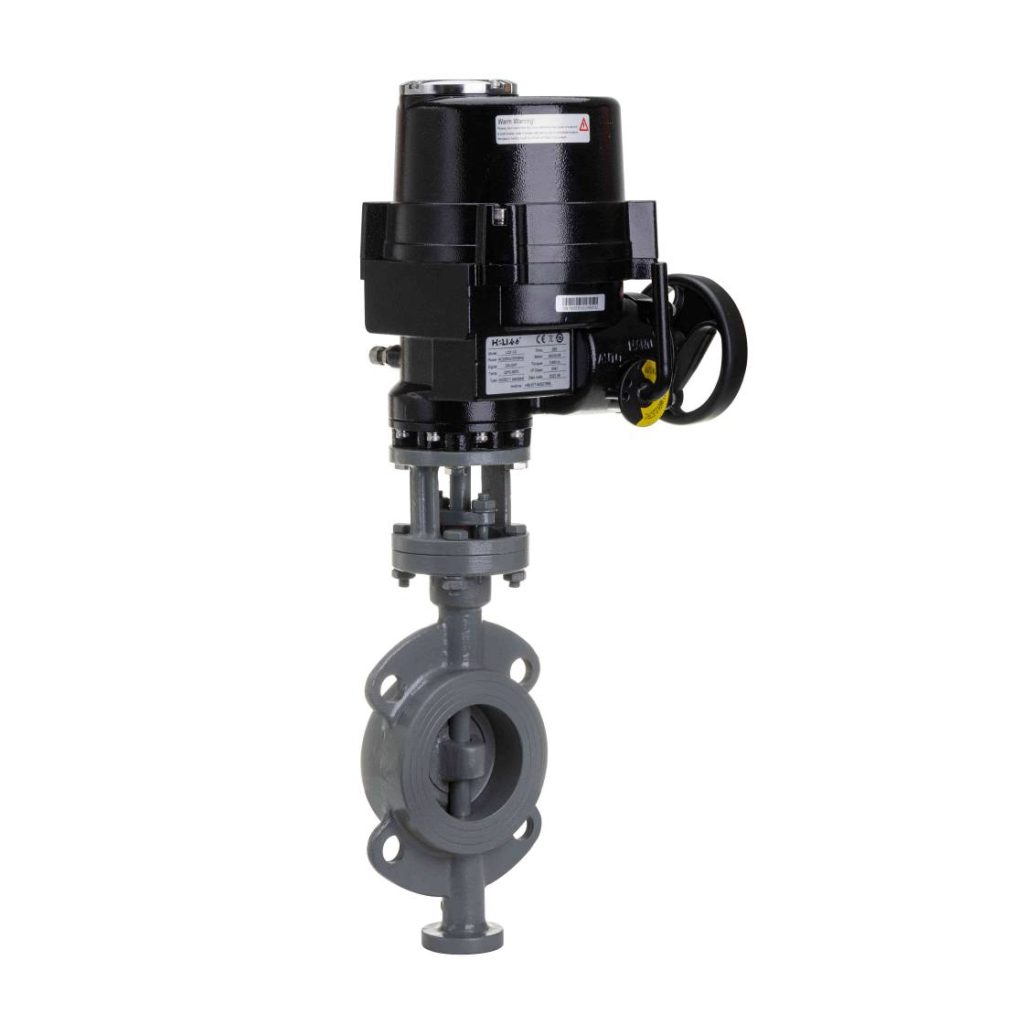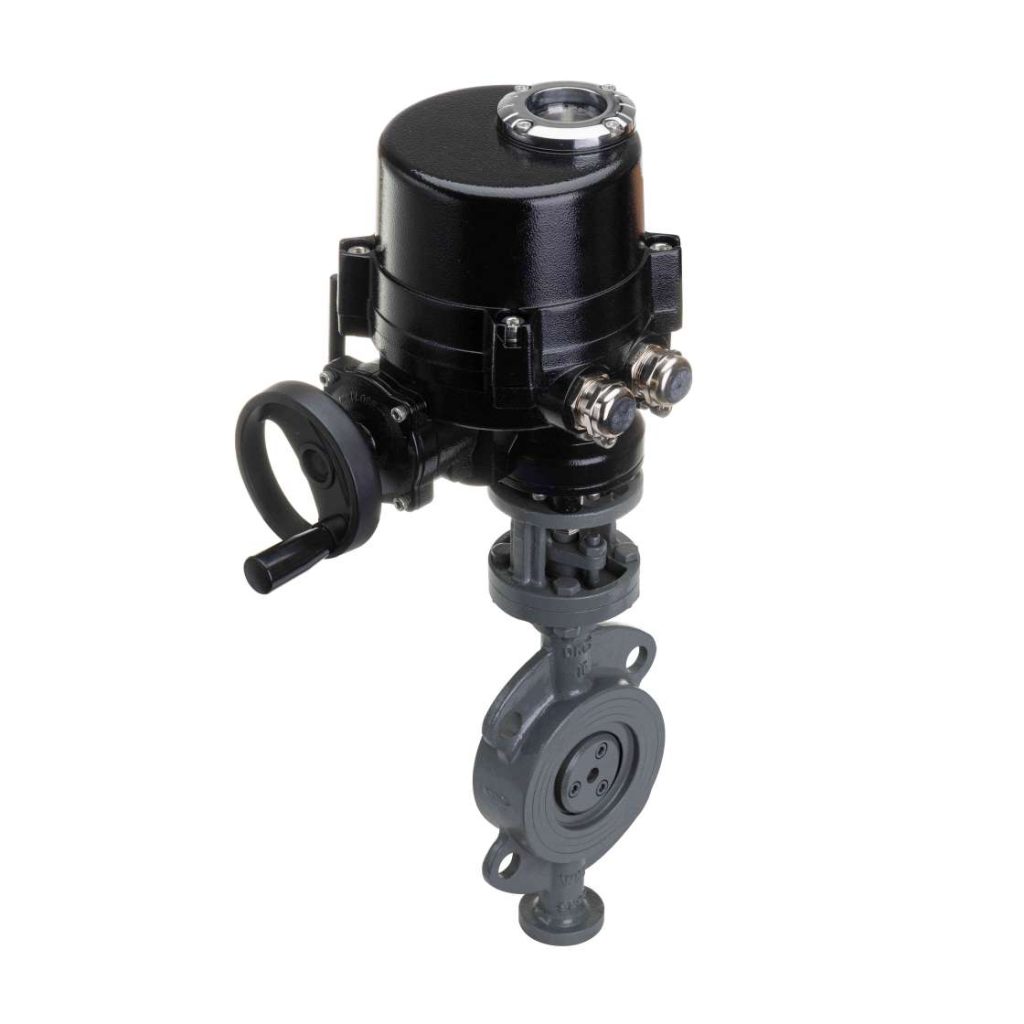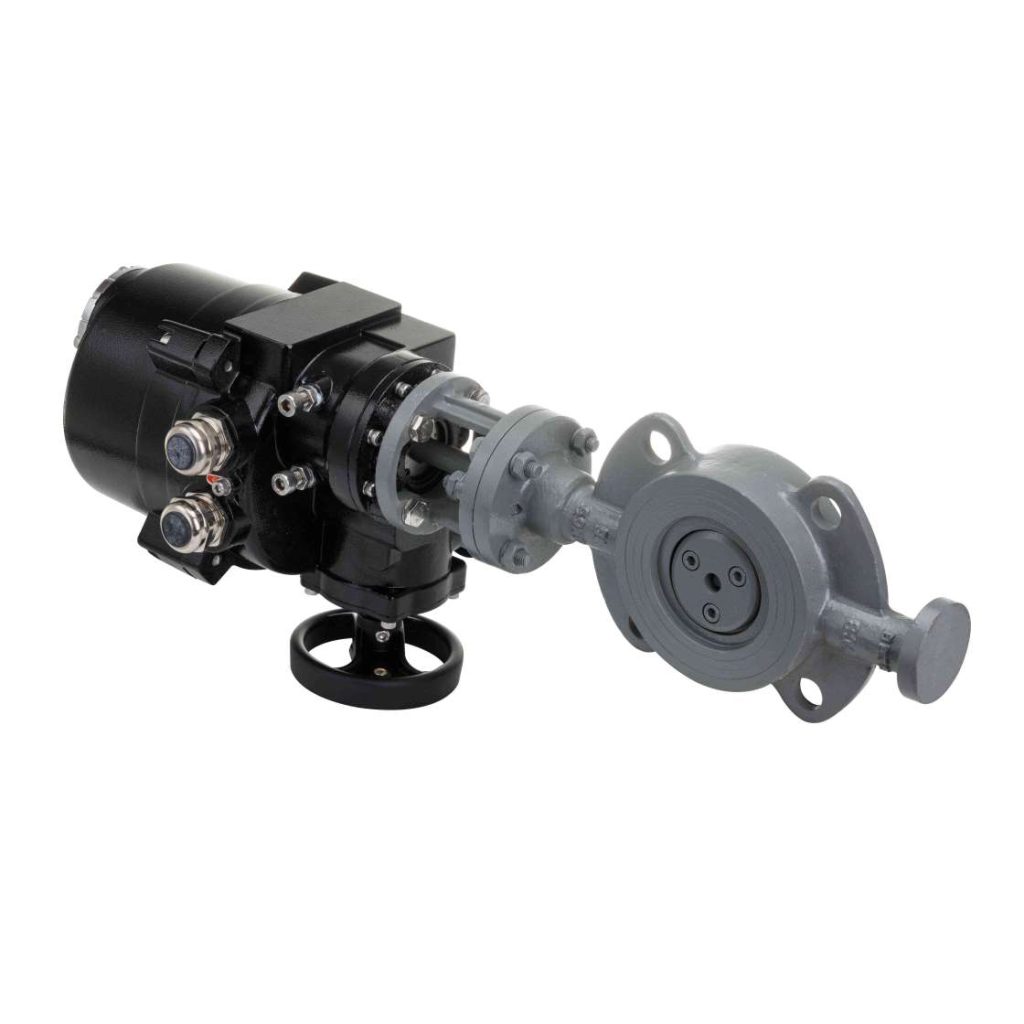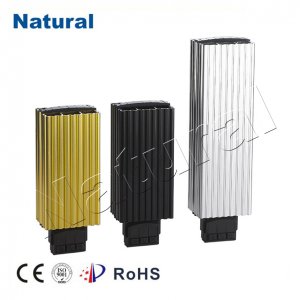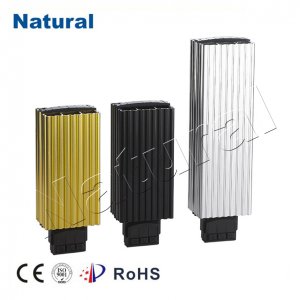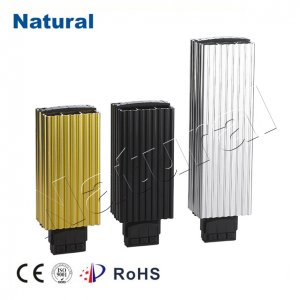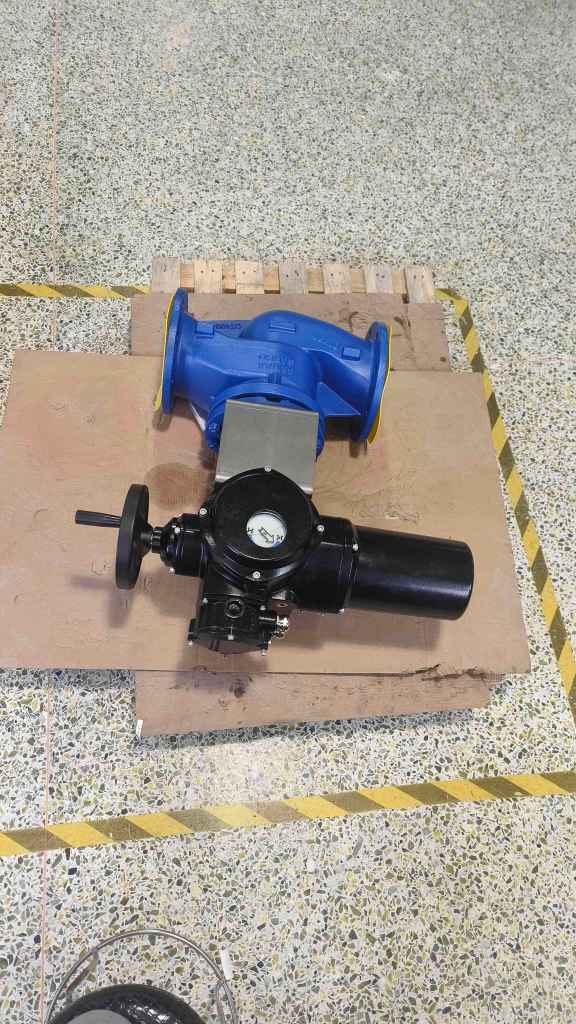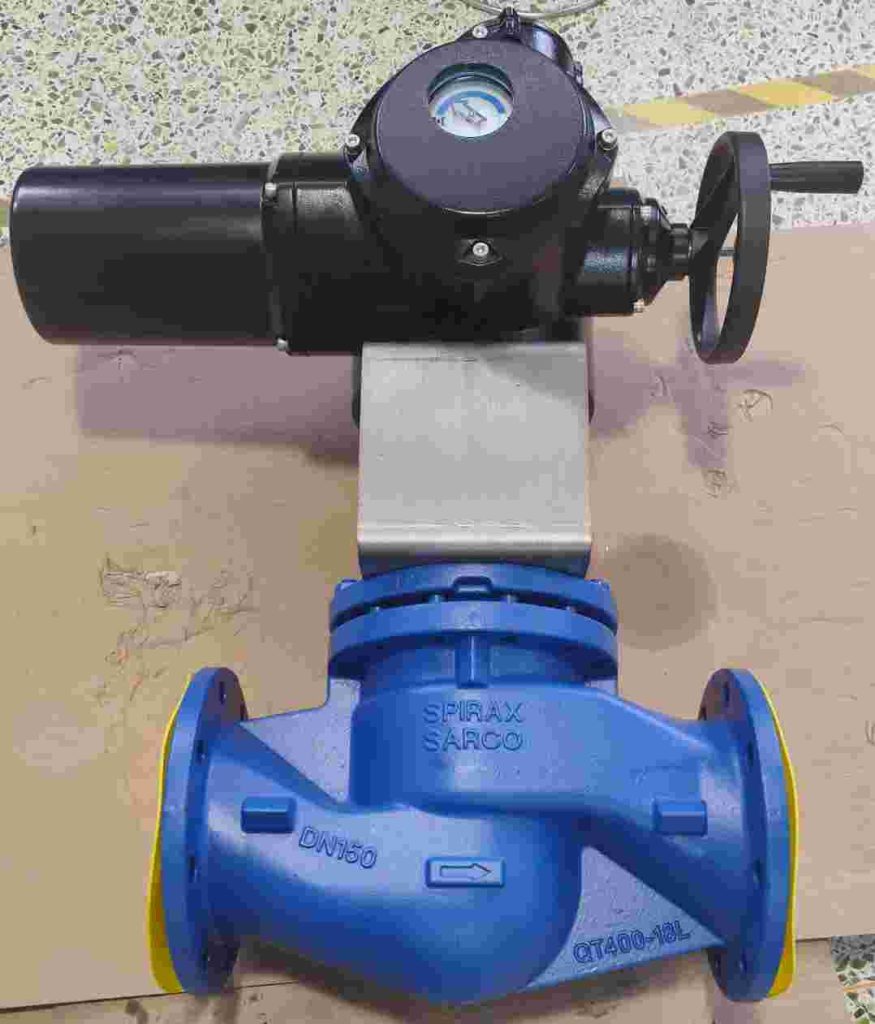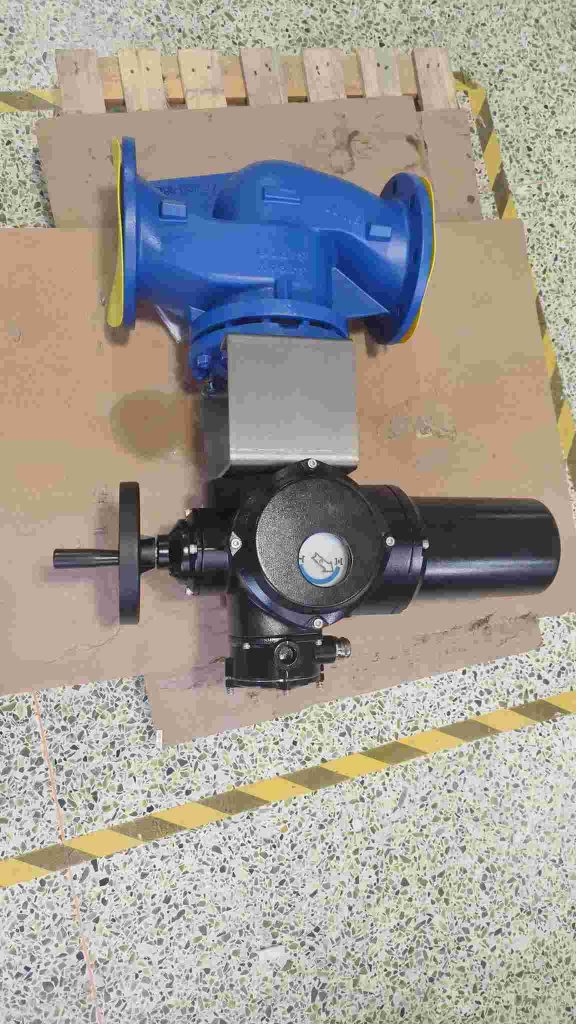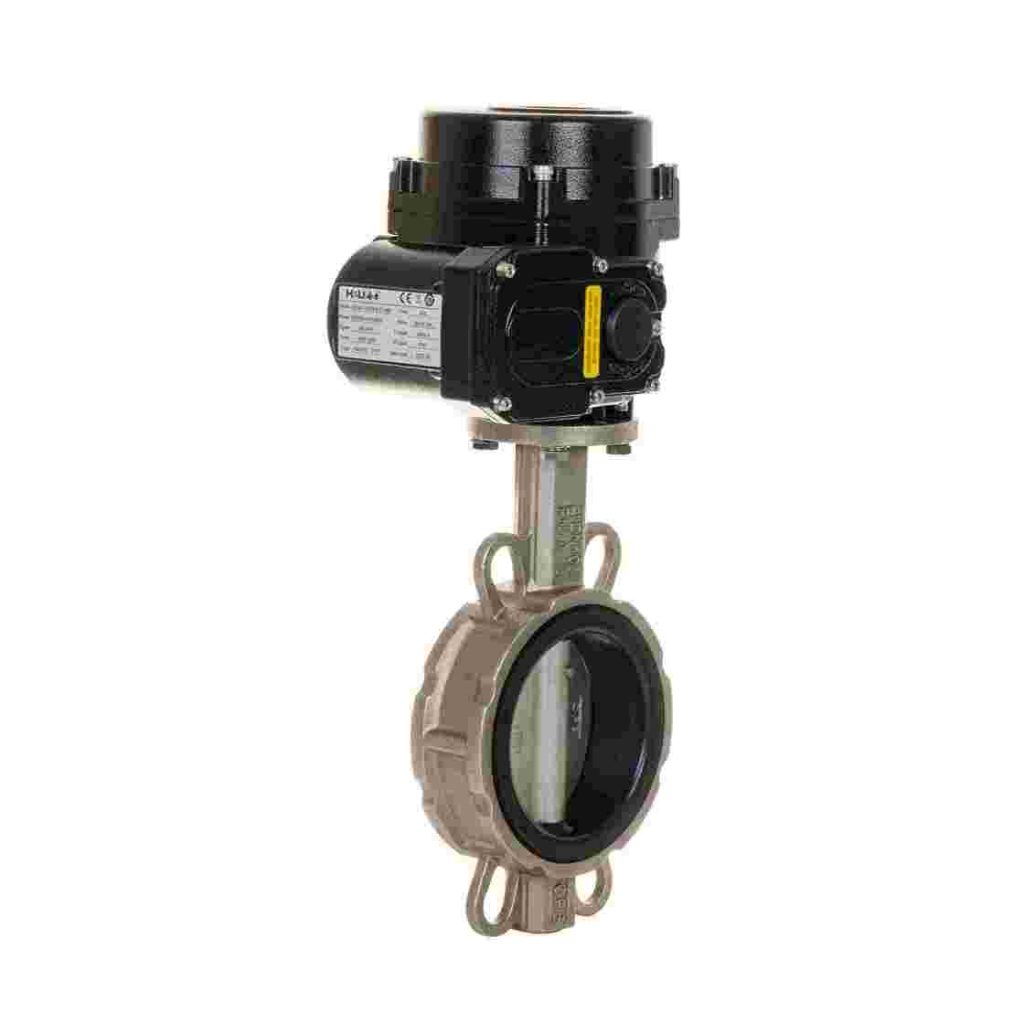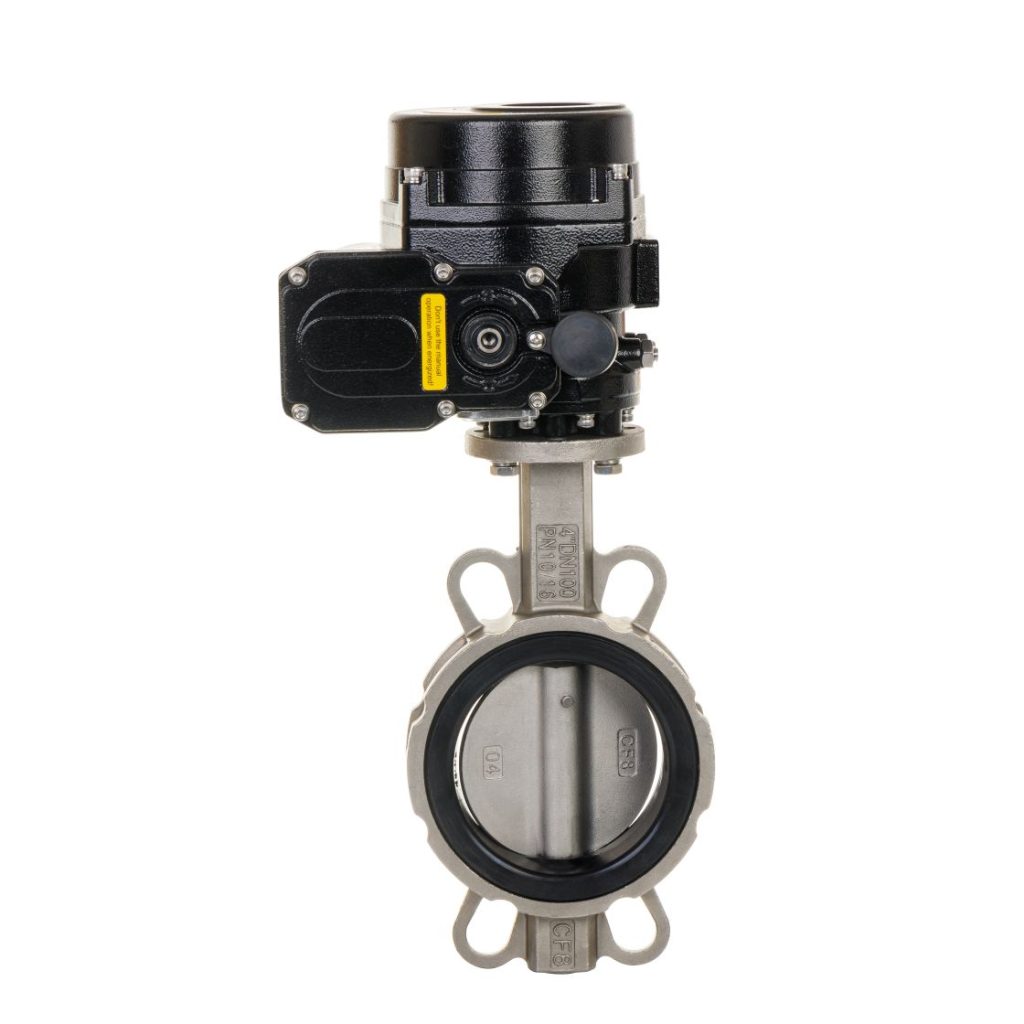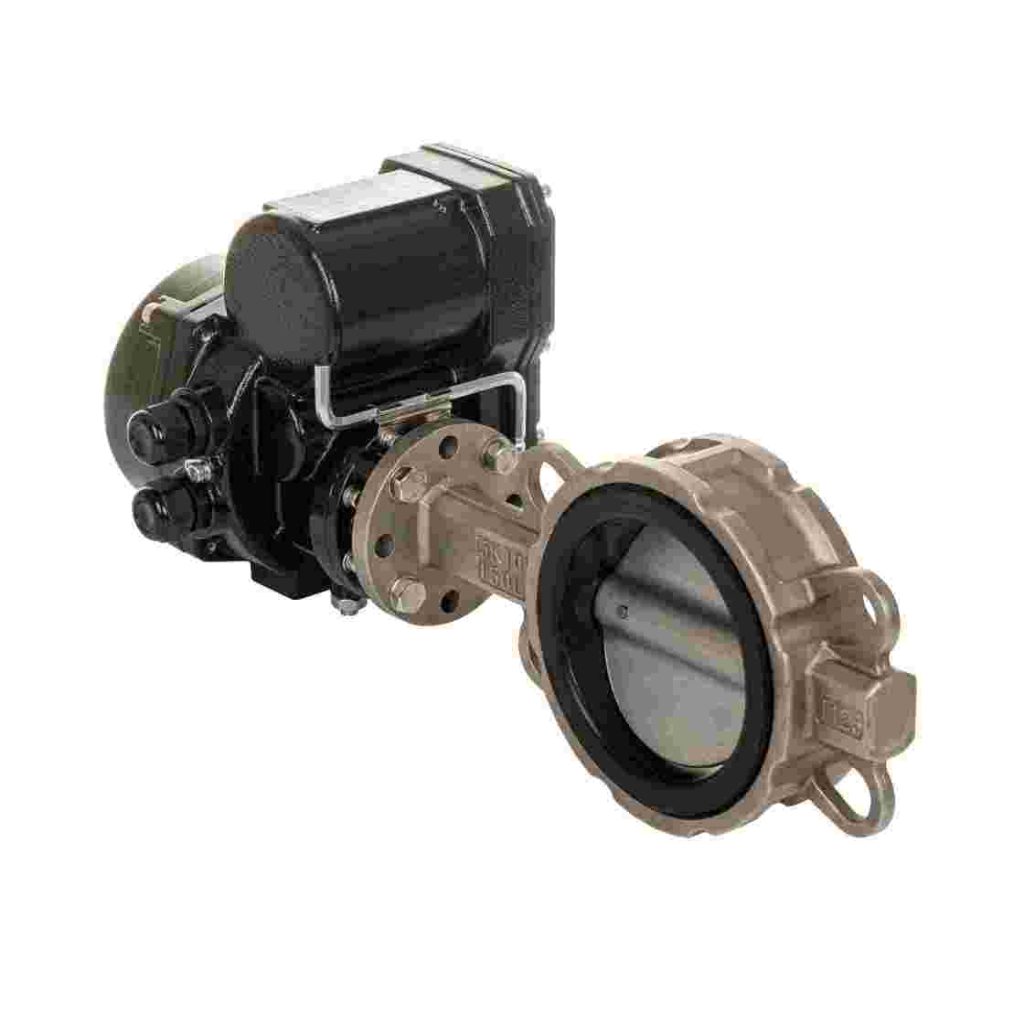In today’s rapidly advancing technological landscape, automation and efficiency have become paramount across various industries. From robotics and industrial machinery to home automation and renewable energy systems, intelligent systems play a crucial role in optimizing performance and reducing operational costs. Among these innovations, the Lithium Battery Intelligent Control Wireless Electric Actuator (LBIW-EA) stands out as a game-changer. This sophisticated device combines the power of lithium battery technology, intelligent control systems, and wireless connectivity, offering a wealth of benefits that extend across numerous applications.
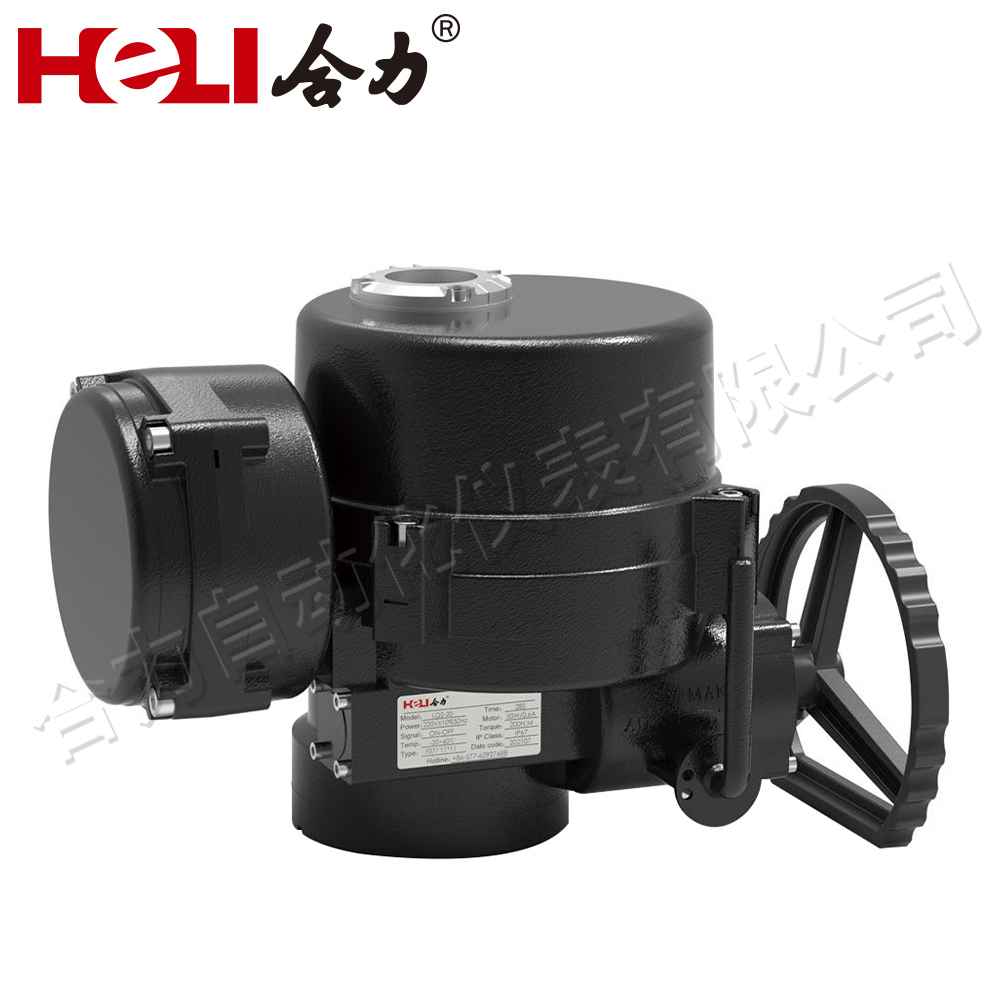
The Evolution of Electric Actuators
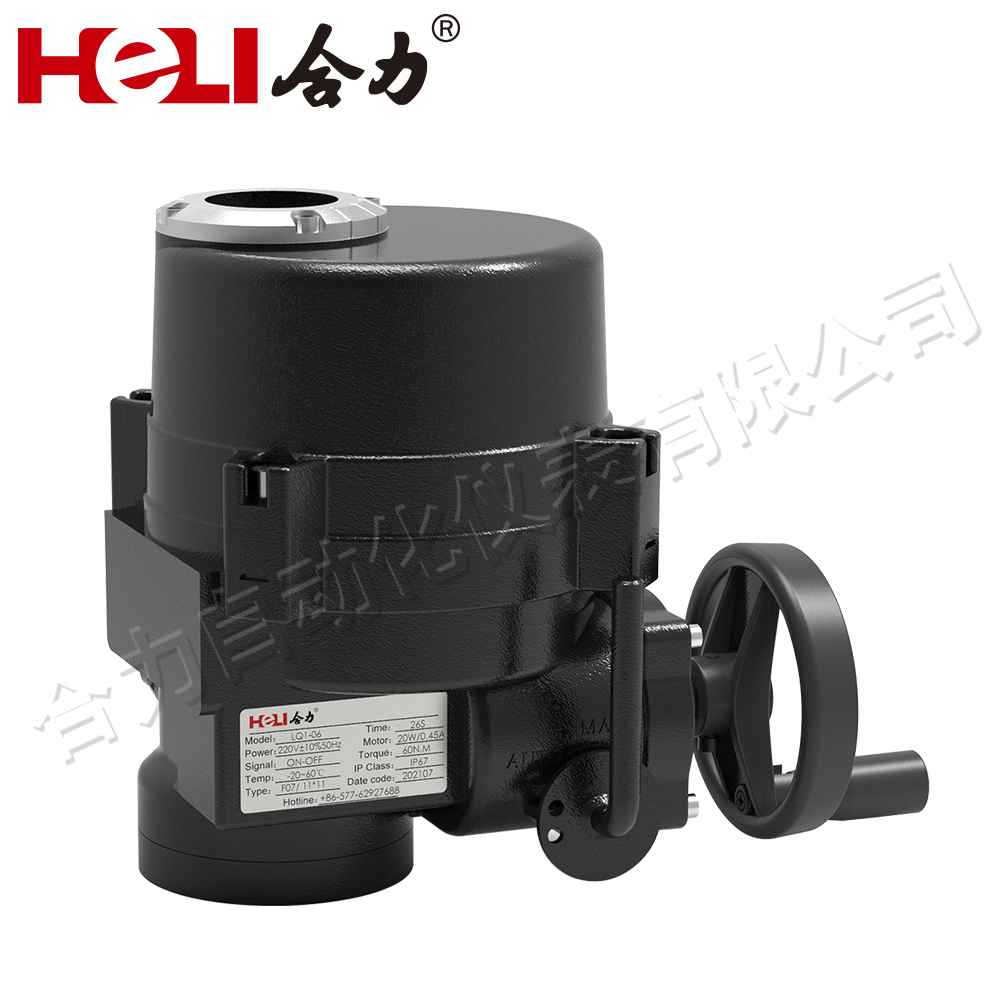
Electric actuators are mechanical devices that convert electrical energy into mechanical motion. They are integral in automating systems by controlling movements such as linear translation or rotational motion. These actuators have found their way into diverse industries, including automotive, robotics, manufacturing, and HVAC systems. Traditionally, actuators were connected to power sources via wired connections, limiting their mobility and flexibility. However, with the advancement of wireless technologies and energy-efficient power sources, electric actuators have undergone a significant transformation. The Role of Lithium Batteries Lithium batteries have revolutionized energy storage due to their high energy density, long lifespan, and lightweight nature. Compared to traditional lead-acid or nickel-based batteries, lithium batteries offer a higher charge capacity, longer operational time, and faster charging cycles. These advantages make lithium batteries an ideal power source for wireless electric actuators, which require reliable, long-lasting power for extended periods of operation. Lithium-powered actuators are not only more efficient but also contribute to a cleaner, more sustainable future by reducing dependency on bulky, less eco-friendly battery technologies.
